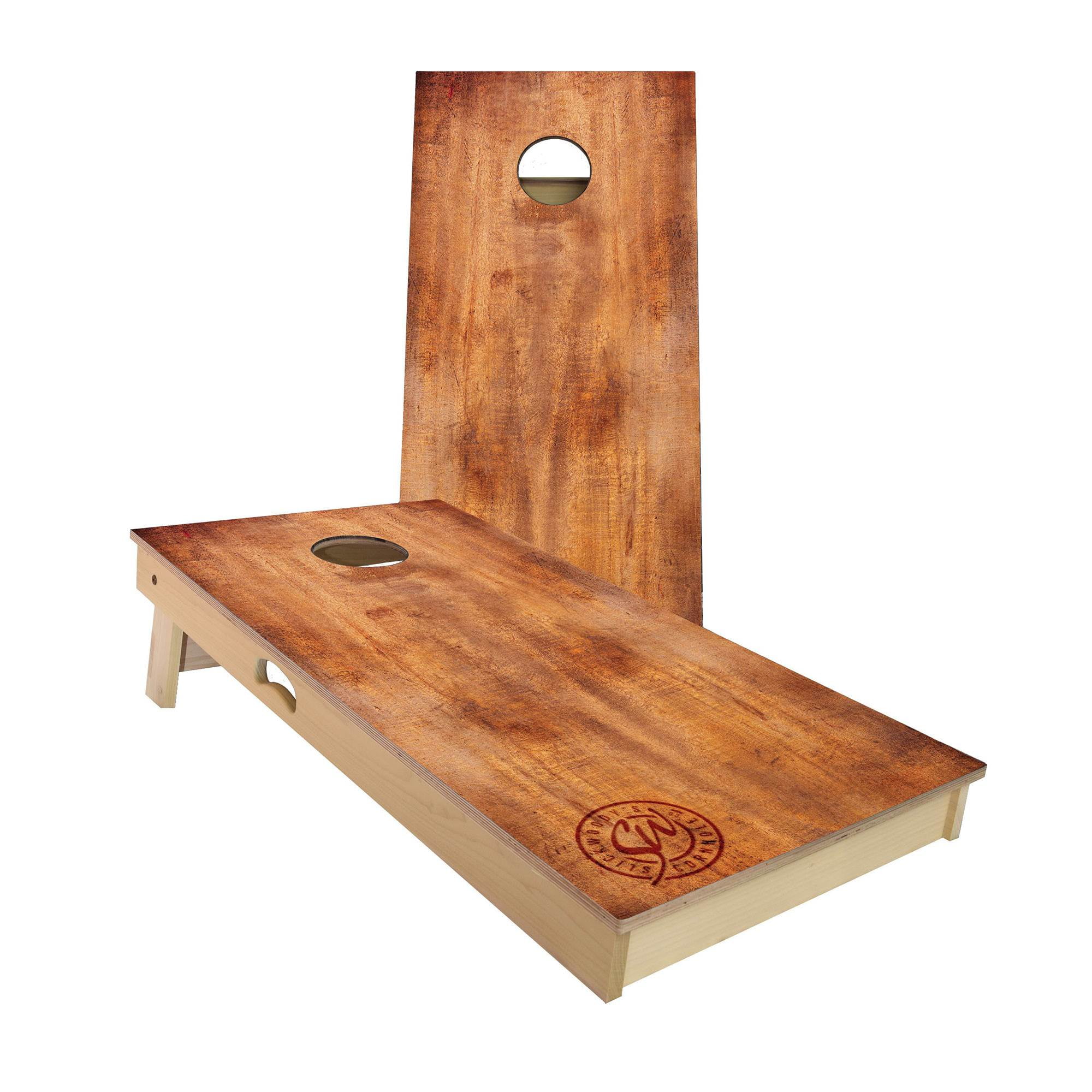Regulation Corn Hole Bag Size
When it comes to playing cornhole, having the right equipment is essential. One of the most important elements of the game are the cornhole bags. These bags play a crucial role in determining the outcome of each throw and can make a huge difference in your overall performance. In this post, we will discuss the regulation cornhole bag size and how you can make your own custom DIY cornhole bags.
Regulation Cornhole Bag Size
The regulation cornhole bag size is a standard that ensures fairness and consistency in gameplay. According to the official rules of the American Cornhole Association (ACA), the bags must measure 6 inches by 6 inches and weigh between 14 to 16 ounces. In addition, the bags should be made from a sturdy material that can withstand repeated throws and outdoor conditions.

Making your own cornhole bags can be a fun and rewarding DIY project. By following a few simple steps, you can customize your bags to match your style or team colors. Here's how:
Gather Your Materials
Before you start making your cornhole bags, you'll need to gather the necessary materials. Here's a list of what you'll need:
- Cloth fabric
- Thread
- Corn or plastic pellet filling
- Scissors
- Sewing machine or needle
Step-by-Step Instructions
Now that you have all the materials ready, let's dive into the step-by-step process of making your own cornhole bags:
- Cut the cloth fabric into twelve 7-inch by 7-inch squares. You can use different fabric patterns or colors to make your bags more unique.
- Pair up the squares to form six sets of bags with matching patterns or colors.
- With right sides together, sew three sides of each bag using a sewing machine or needle and thread. Leave one side open for filling.
- Once you've sewn the three sides, turn the bags inside out so that the right sides are facing outwards.
- Fill each bag with corn or plastic pellet filling until it is about 2/3 full. This will provide the right amount of weight and consistency for tossing.
- Close the open side of each bag by folding the raw edges inward and sewing it shut using a sewing machine or needle and thread.
That's it! You've successfully made your very own custom DIY cornhole bags. Now you can enjoy playing cornhole with bags that are uniquely yours.
Frequently Asked Questions (FAQ)
To provide you with more information about cornhole bags and their creation, we have answered some frequently asked questions below:
1. What materials are best for cornhole bags?
The best materials for cornhole bags are durable and weather-resistant fabrics such as duck canvas or heavy-duty upholstery fabric. These materials can withstand repeated use and outdoor conditions without tearing or wearing out quickly.
2. How much filling should I put in each cornhole bag?
According to the ACA regulations, each cornhole bag should weigh between 14 to 16 ounces. To achieve this weight, you can fill each bag with around 15 to 16 ounces of corn or plastic pellets. Be sure to distribute the filling evenly to maintain consistency.
3. Can I personalize my cornhole bags with custom designs or logos?
Yes, you can absolutely personalize your cornhole bags with custom designs or logos. If you have access to a printer, you can print your desired designs onto iron-on transfer sheets and then transfer them onto your bags. Alternatively, you can use fabric paint or markers to draw or stencil your designs onto the bags.
With this guide, you now have all the information you need to create your own custom DIY cornhole bags. Enjoy the process of making your bags and have fun playing cornhole with your friends and family. Get ready to dominate the game with your personalized bags that meet the regulation cornhole bag size!
One Room Challenge Week 4: Cornhole DIY | And Then We Tried
 Image Source : andthenwetried.com
Image Source : andthenwetried.com cornhole corn hole game diy build board regulation set make games boards dimensions drawing toss bag bean bags designs diynetwork
Cornhole Bags Set - 8 Regulation Size Bags | Regulation Cornhole Bags
 Image Source : www.pinterest.com
Image Source : www.pinterest.com cornhole
How To Make Cornhole Bags
 Image Source : liftyourgame.net
Image Source : liftyourgame.net cornhole dimensions
Cornhole | Bean Bags Dimensions & Drawings | Dimensions.Guide
cornhole bean dimensions bag toss regulation boards bags platforms plan guide
Show Me Your Cornhole Boards (pic Thread) - AR15.COM
Cornhole | Corn Hole Plans, Cornhole, Diy Cornhole Boards
 Image Source : www.pinterest.com
Image Source : www.pinterest.com cornhole toss bean directions regulation lawn instructions scoreboard regulations build hayneedle
Slick Woody's Burnt Wood Regulation Size Cornhole Board Bean Bag Toss
 Image Source : www.walmart.com
Image Source : www.walmart.com bag toss bean cornhole game board size regulation set woody slick burnt wood walmart
How To Make Your Own Custom Diy Cornhole Bags | The Art Of Mike Mignola
 Image Source : www.artofmikemignola.com
Image Source : www.artofmikemignola.com Cornhole toss bean directions regulation lawn instructions scoreboard regulations build hayneedle. Bag toss bean cornhole game board size regulation set woody slick burnt wood walmart. Cornhole corn hole game diy build board regulation set make games boards dimensions drawing toss bag bean bags designs diynetwork. One room challenge week 4: cornhole diy. Cornhole bean dimensions bag toss regulation boards bags platforms plan guide